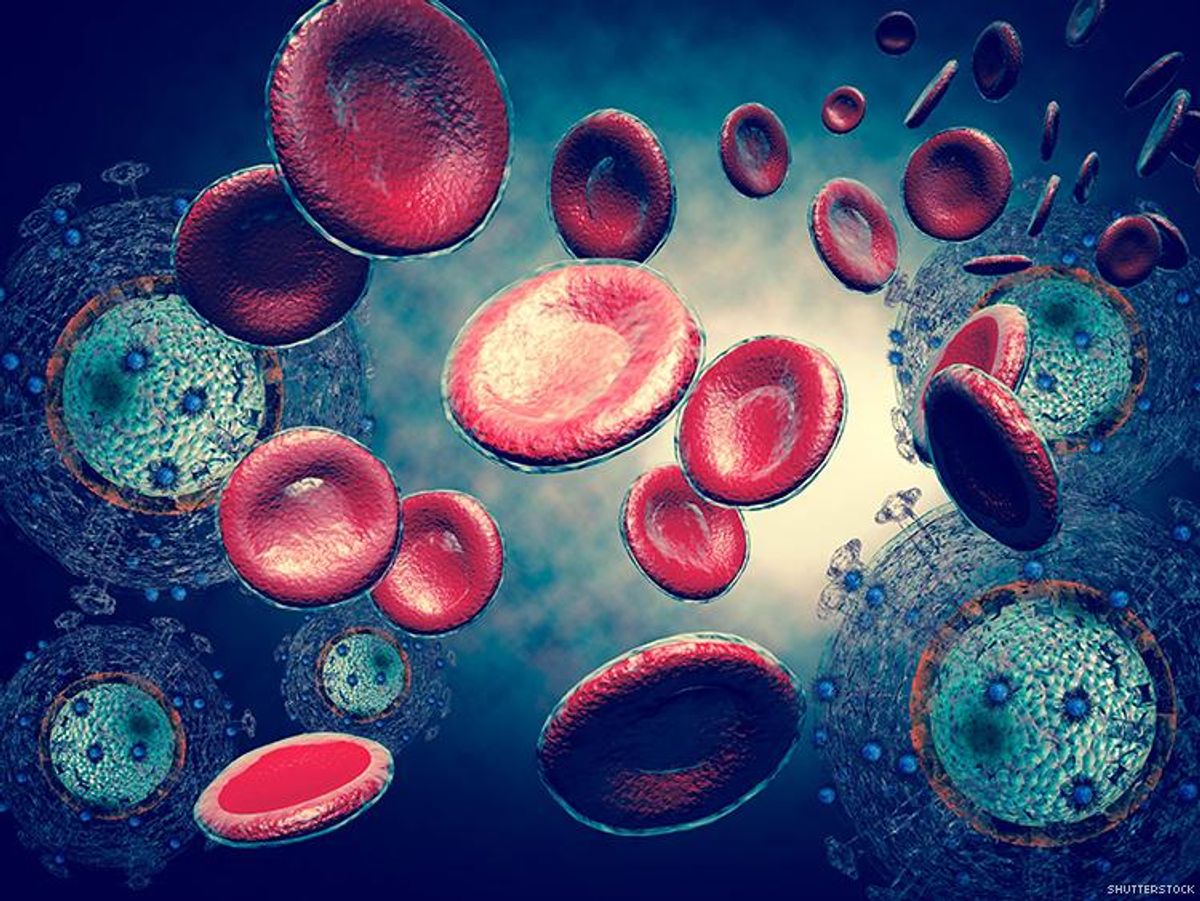For the past decade, researchers have known that, although antiretroviral medication can suppress HIV in the blood, the virus remains in the body at the tissue level hiding in the body’s reservoirs. Now, a team of international researchers led by Northwestern University has discovered that HIV continues to replicate new cells at low levels in the lymphoid tissue, even when it is undetectable in a patient's blood.
Although seemingly minute, this discovery could be the breakthrough that many scientists have been searching for to take the next step in HIV treatment and prevention.
““We now have a path to a cure,” said corresponding author Dr. Steven Wolinsky, chief of infectious diseases at Northwestern University's Feinberg School of Medicine and a Northwestern Medicine physician. “The challenge is to deliver drugs at clinically effective concentrations to where the virus continues to replicate within the patient.”
Currently, HIV treatment can virtually eradicate the virus in a person’s bloodstream, but it remains in viral reservoirs within lymphoid tissue. Scientists previously believed that these infected cells were long-lived rather than newly formed. With these findings, Scientists now know that the virus is constantly replenished by low-level replication instead of older cells that have stayed in a resting state since a person seroconverted.
The study, published in the journal Nature, used a mathematical model to track the amount of virus and the number of infected cells as they grew and evolved in drug sanctuaries, then moved through the body. The model explains how HIV can grow in drug sanctuaries in lymphoid tissue where antiretroviral drug concentrations are lower than in the blood, and why viruses with mutations that create high-level drug resistance do not necessarily emerge.
“The study is exciting because it really changes how we think about what is happening in treated patients,” said co-author Angela McLean, professor of mathematical biology at Oxford University, who supervised the mathematical modeling. “It helps explain why some strategies that tried to clear the reservoir have failed.”
Now, scientists can focus on developing new delivery systems to penetrate and eliminate these drug sanctuaries for replenishing cells, effectively taking one step closer to a cure.



































































